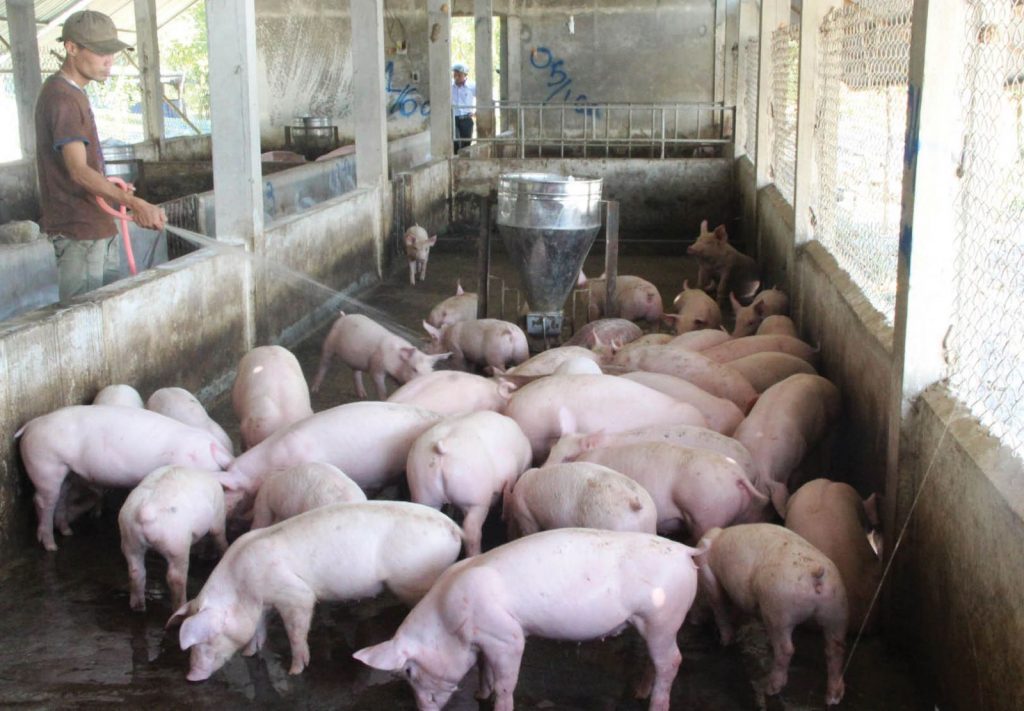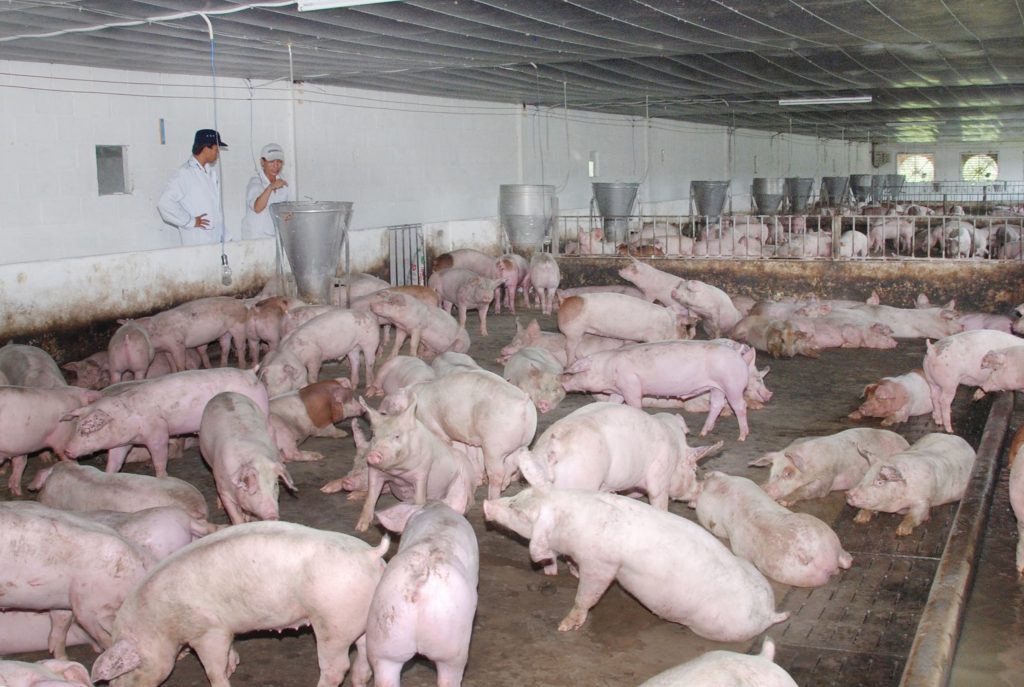Pig meat is currently a very large source of food to be able to meet the needs of use in today’s modern life. With the 6 techniques of raising pigs that we introduce below, farmers will have a more effective and simpler way of raising pigs than ever before.
Raising pigs for meat is a long-standing tradition of a country with a predominantly agricultural economy like ours. Many people think that raising pigs is very simple. Just lock in the cage, feed and wait for it to grow. But in reality, that’s not the case. If you want to raise pigs on a large scale, you need to apply the right technique of raising pigs for meat with the following 6 basic things.
Contents
1. Choose a breed of pork
If you want to raise high-quality pigs and grow quickly, you must ensure the date from the selection of pig breeds. People should choose pigs with characteristics such as: Long body, wide butt, slim belly. In addition, the address where farmers choose to buy seeds should be a reputable establishment to ensure quality seed sources. In addition, if you want to ensure healthy pigs, you should at least choose agile meat pigs..

2. Building a barn for pigs
When building a pigsty, people need to ensure that the cage has the following criteria:
- The barn must be tall and in order not to affect the lives of people, people should build a system of cages away from the living area.
- When choosing the direction to make the barn, people should choose the direction to be cool in the summer and warm in the winter.
- The barn raising pigs for meat must have a sewage drainage system and a washing water system to facilitate cleaning of the barn.
- The floor of the pigsty should be built of concrete to avoid standing water. Raising pigs should also be used to build a biogas tank system. This will save fuel burned when cooking.
3. Techniques for raising pigs for meat
If you want to implement the breeding pig for meat model, you must fully understand the technique of raising pigs for meat. Depending on the different stages of development, people have appropriate care regimens.
- Piglets from 2-4 months old
This is the stage when pigs will weigh from 20-60kg. During this period, pigs need a food source that contains many vitamins. Normally, at this stage of development, porkers will eat 3000 Kcal/day. In all diets, crude protein will account for 20%. Therefore, people need to consider to get a reasonable amount of food.
- Breeding pigs from 4-5.5 months old
Normally, the meat pig at this stage will have a weight of 60-100kg. The way to raise meat pigs to help pigs grow more lean and less fat is that people should only feed pigs 15% crude protein in 3000 Klcal/head/day.
4. Perform division
In the technique of raising pigs for meat, the stage of needing manure for pigs is extremely important. Segmentation is not as simple as many people think. Because in order for pigs to grow well, farmers must ensure the following factors:
- The division of lots is not allowed for pigs to fight because of the distinction of the herd.
- Swine pigs same herd must be of equal size and weight.
- People need to conduct marking of meat pigs so that they can monitor the growth of pigs.
- When dividing herds, people need to pay attention to the appropriate distribution density of meat. Usually with piglets, it will be distributed 2 pigs/m2. If pigs are 35kg or more, you should distribute 1 pig/m2.

5. Feed for meat pigs
In addition to the phased diet that we noted in “how to raise pigs” above, you need to pay attention to the distribution of the appropriate number of feeders so that the pigs do not crowd or fight each other to eat. This can cause many pigs to go hungry because they cannot eat with other pigs.
When feeding pigs, people should feed pigs with refined food first and then raw food. In addition, in order to limit the situation of pigs spilling food or rolling into the feeder, causing food waste, people should feed the pigs several times. The ratio of water to standard feed is 1/1. Feed when feeding pigs should not be too diluted.
6. Disease prevention for meat pigs
To prevent pigs from contracting infectious diseases, in addition to regular cleaning of the pigsty and ensuring the cage is well-ventilated, it is necessary to vaccinate pigs at the right time and with the right type of vaccine as prescribed. This will help the swinehave high resistance to develop most effectively.
If you are looking to implement the model of “raising pigs for meat”, you should pay attention to the 6 “techniques for raising pigs” above. It will make it easier to raise pigs for meat and limit risks in the most effective way. Wish you have an effective business model!




